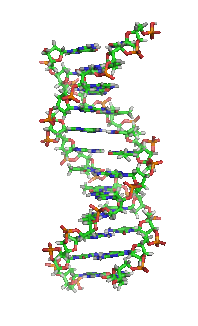Assignment 2-3: Carbon-based molecules
EQ: Why are Carbon, Hydrogen, and Oxygen important to living things?
OBJECTIVES:
-Describe the basic molecular structures and primary functions of the four major categories of biological macromolecules
KEY TERMS: Monomer, Polymer, Carbohydrate, Lipid, Fatty Acid, Nucleic Acid, Protein, Amino Acid
Reading Chapter 2.3 Pages 46-50
1. Define the Key Terms above.
2. Explain why carbon can form so many different large and complex compounds.
3. Create an analogy for the process of Polymerization: the creation of polymers from monomers.
2. Explain why carbon can form so many different large and complex compounds.
3. Create an analogy for the process of Polymerization: the creation of polymers from monomers.
Go HERE to read about CARBOHYDRATES. Or just read in your book.
4. Explain the function of carbohydrates in living organisms.
5. List 3 examples of carbohydrates and their function, 2 in plants and 1 in animals.
6. State the monomer of a polysaccharide.
5. List 3 examples of carbohydrates and their function, 2 in plants and 1 in animals.
6. State the monomer of a polysaccharide.
Go HERE to read about LIPIDS. Or just read in your book.
7. Explain the function of lipids in living organisms.
8. List 3 common categories of lipids.
9. Compare and Contrast saturated fats with unsaturated fats.
8. List 3 common categories of lipids.
9. Compare and Contrast saturated fats with unsaturated fats.
Extra Credit = Take the quiz on lipids here and write down your score in your notes.
Go HERE to read about NUCLEIC ACIDS. Or just read in your book.
10. State the monomer of a nucleic acid.
11. Explain the function of nucleic acids in living organisms.
12. List 2 examples of nucleic acids.
13. Build a DNA molecule HERE. DRAW a picture of DNA in your notes.
11. Explain the function of nucleic acids in living organisms.
12. List 2 examples of nucleic acids.
13. Build a DNA molecule HERE. DRAW a picture of DNA in your notes.
Go HERE to read about PROTEINS. Or just read in your book.
14. State the monomer of a protein.
15. Explain the functions of proteins in living organisms.
15. Explain the functions of proteins in living organisms.
